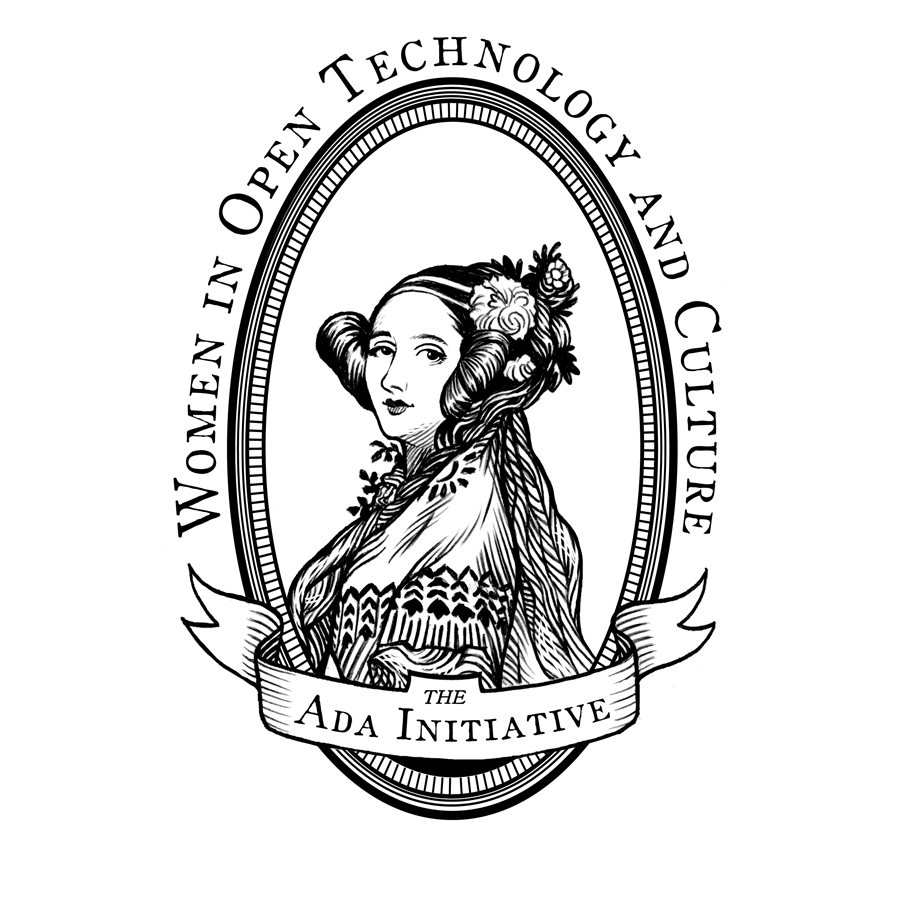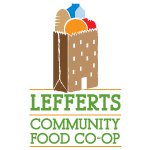In October 2022, I traveled to the UK to visit family and see some sites. During that time I also had the great opportunity to meet Louise, Cassie, and Iona of Stewarding Loss, an organization focused on supporting civil society organizations through mergers and closures. At that time we talked briefly about bringing together more people who have been thinking about and working on how to structure more graceful exits.
In January of this year, Cassie published a lengthy Medium post in which she shared (among many things!) the intention to create this community of practice, and in April 2023, the Practices of Composting & Hospicing group had its first official meeting. We meet once a month with a different, fantastic facilitator. Topics have included:
- death and the collective imagination;
- lessons learned from the closure of charity organization EveryChild (great report on that here); and
- peatlands and death (by the team at RE-PEAT)
In October, I had the great pleasure to present the what and why of my own developing project. The full slide deck is here, but the TL;DR is below.
Notes From My First H + C Presentation
As I mentioned in my previous post, I’ve been through a lot of bad, sloppy organizational endings and the more I went through them the more I began to feel like there must be a better and more caring way to end. I have been craving tools and language to help people inside and outside of the group, project, or organization understand:
- what was going on and why
- what was going to happen next
- where everyone was in the process
In addition to the practical aspects of a shutdown, there are all the messy emotions — confusion, anger, fear, grief — that often accompany and ending. I am thinking of this as the linear/structured stuff on one side and then the amorphous/”squishy” stuff on the other. These two sides, of course, can and do often bleed together — and that isn’t a bad thing! At the center of this work is a desire to destigmatize, normalize and maybe even celebrate ends as part of a healthy organizational lifecycle. Stop being embarrassed; show us your ends!
Closures That Opened My Eyes

In the presentation I shared about two ends that probably had the biggest impact on my thinking in this area. The first was the end of The Ada Initiative (TAI). TAI was an advocacy and education organization for women in open source, open culture, open knowledge, and sci-fi/slash spaces. It was in operation from 2011 until its shocking closure in 2015.
I served as an advisor to the organization from May 2014 until June 2015, when I stepped down to concerns about transparency. In August 2015, a surprise, clandestine board meeting was convened after which it was announced to the world that TAI would be closing down. Many people in the space were devastated to hear this decision has been taken despite the ongoing need for the group’s work and more than ample funds in the bank.
In the haste to close, a lot of voices were silenced and many relationships were irreparably broken. There was no discussion (to my knowledge) of seeking someone else to run the organization or transferring the funds to another group that could carry forward the mission. The group did, however, leave a respectable archive of resources up on their webpage underneath the announcement of their closure (more on closure announcements in a future post!).

The second closure that really impacted me was that of the Lefferts Community Food Cooperative, a small community food shop that I helped to open in my community of Prospect Lefferts Gardens, Brooklyn here in New York City. The shop was volunteer-run and, as such, could only be opened a few days a week. From the outset, we struggled to keep it sufficiently staffed with volunteers and stocked with enough different food items to keep people interested in patronizing the store. We juggled the challenges of staying in compliance with city health and safety requirements alongside concerns of making our (meager) rent and controlling pests.
After 3 years of service to the community, the store could no longer last and the board made the tough decision to close down. However, while keeping volunteers around enough to keep the store open was a challenge, ensuring there were enough volunteers to close the store down proved even tougher. The closure and loading out of foodstuffs and fixtures dragged on for months, during which the community was uncertain whether the store was open or closed. The metal rollgate outside the store that had been painted with the vibrant store logo remained on the outer rollgate for years after the store finally, completely shuttered — a reminder of the promise of fresh, healthy food in a community starved for good options.
What I Think Better Endings Can Bring
Bad endings have so many things in common. They often feature:
- feelings of confusion, misdirection, upset
- untied/loose ends
- knowledge loss
- broken friendships and bad feelings
So when I think about good endings, I expect that they will hopefully deliver the opposite, if not something even better. I don’t think a good ending will nullify “negative” emotions but I do think they can drive up alongside with happier emotions such as pride in the work that was accomplished, gratitude for the relationships that were fostered, and hope for the future of the overall mission.
A strong ending should have structure and transparency around that structure. An organization that wants to end its work well needs to have an understanding of who all the stakeholders are in the organization’s work (Joe MacLeod of AndEnd talks about “personas“) and an open line of communication to them all. An ending is not usually going to be a democratic process, but keeping people in the loop goes a long way towards fortifying relationships.
Finally, organizations that are dying/have died have a lot to share with others not only about how to keep an organization alive and healthy, but also (in the spirit of composting!) nutrients that will seed new efforts. When an organization can take the time to close down with intention and shared knowledge, they leave behind breadcrumbs that will lead the next generation in carrying forward critical mission-driven work.
Where I Need Help
In order to move my work forward, my asks at the moment are for:
- More stories about all sorts of organizational endings
- Opportunities to work with (or even just observe!) groups that are going through endings
- Connections to people who can help me think through options for digital knowledge sharing/ long-term data stewardship

Leave a Reply